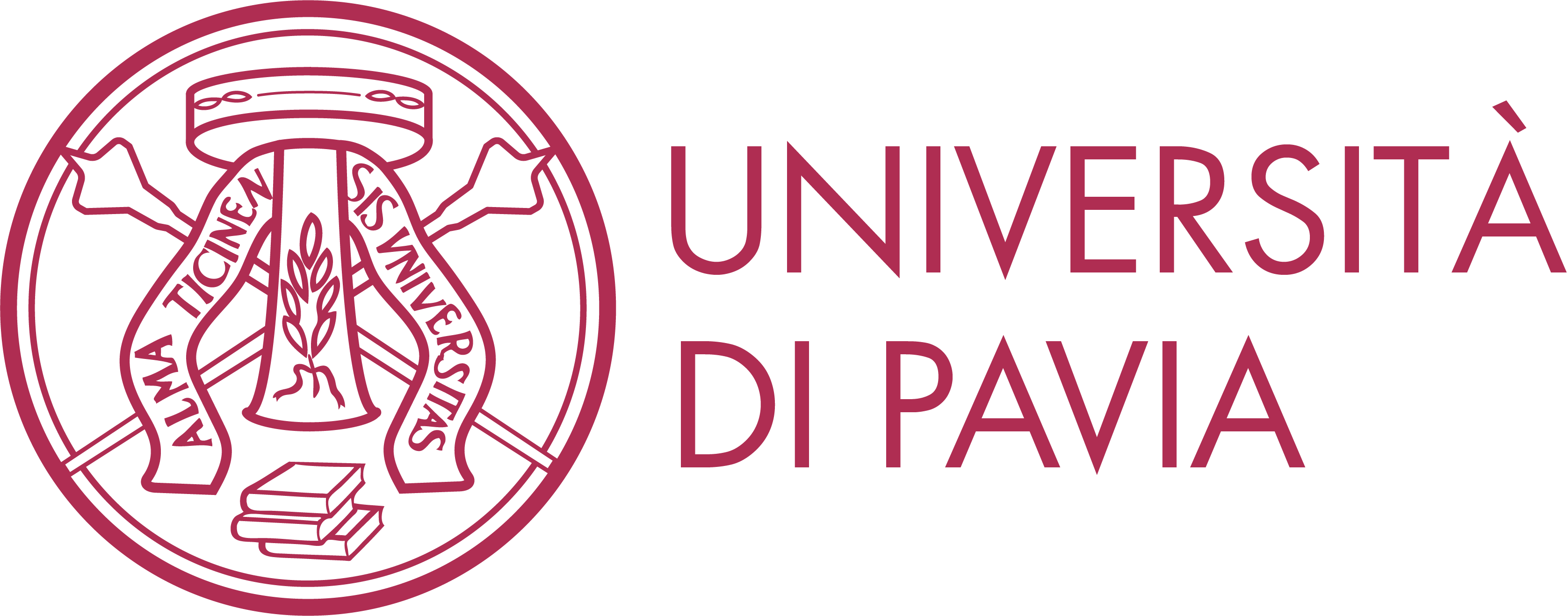MASCOTS 2022
October 18-20, 2022
Nice, France
DAY 1: 18.10.2022
Keynote by Philippe Nain (homepage)
Bio: Philippe Nain holds a Doctorat de 3ème cycle in Modeling of Computer Systems (1981) from the University of Paris 11 (now Paris-Saclay University) and a Doctorat d’Etat in Applied Mathematics (1897) from the University Pierre and Marie Curie in Paris (now Sorbonne University). From 1981 to 2021 he has been affiliated with Inria, where he is now a Research Director Emeritus.
His research interests centre on the mathematical modeling and performance evaluation of communication networks with a current focus on quantum communications. He has held long-term visiting appointments at the University of Massachusetts, the Massachusetts Institute of Technology, North Carolina State University and the University of Maryland.
He is currently on the Advisory Board of the Performance Evaluation journal, and is a past Editor-in-Chief of Performance Evaluation (2008-2017), and a past Associate Editor of IEEE/ACM Transactions on Networking, IEEE Transactions on Automatic Control, Performance Evaluation, Operations Research Letters and Journal of Applied Mathematics. He was a co-program chair of the ACM Sigmetrics 2000 conference and the general chair of the IFIP Performance 2005 conference. He has been the chairman of the Inria Evaluation Committee (2012-2015).
Title: Modeling and Performance Evaluation of a Quantum Switch
In this keynote, we will focus on the most basic and fundamental component of a quantum network — a single quantum switch that serves k users in a star topology. Each user has a dedicated link connected to the switch. In the most general case, the switch serves n-partite entangled states to sets of users according to incoming requests, where n is less than or equal to k. To achieve this, link-level entangled states are generated across each link, resulting in two-qubit maximally-entangled states (i.e., Bell pairs or EPR states). These qubits are stored at local quantum memories: one from each Bell pair at the user and the other one at the switch. We will consider the algorithm where the switch performs multi-qubit measurements to provide end-to-end entanglement to user groups of size n when enough of these bipartite states are accrued (at least n of them).
Various models and their main performance (e.g. stability, end-to-end entanglement rate, number of stored qubits at the switch) will be discussed under a number of structural (e.g. finite/infinite storage capabilities, homogeneous/heterogeneous links), modeling (e.g. qubit decoherence) and statistical assumptions.
DAY 2: 19.10.2022
Keynote by Rosa M. Badia (homepage)
Bio: Rosa M. Badia holds a PhD on Computer Science (1994) from the Technical University of Catalonia (UPC). She is the manager of the Workflows and Distributed Computing research group at the Barcelona Supercomputing Center (BSC). She is considered one of the key researchers in Parallel programming models for multicore and distributed computing due to her contribution to task-based programming models during the last 15 years. The research group focuses on PyCOMPSs/COMPSs, an parallel task-based programming distributed computing, and its application to the development of large heterogeneous workflows that combine HPC, Big Data and Machine Learning. The group is also doing research around the dislib, a parallel machine learningn libray parallelized with PyCOMPSs. Dr Badia has published near 200 papers in international conferences and journals in the topics of her research. She has been very active in projects funded by the European Commission in contracts with industry. She has been actively contributing to the BDEC international initiative and is a member of HiPEAC Network of Excellence. She received the Euro-Par Achievement Award 2019 for her contributions to parallel processing, the DonaTIC award, category Academia/Researcher in 2019 and the HPDC Achievement Award 2021 for her innovations in parallel task-based programming models, workflow applications and systems, and leadership in the high performance computing research community. Rosa Badia is the IP of eFlows4HPC.
Title: The eFlows4HPC approach for an easy development and
execution of workfows
What is more, the use of data analytics and artificial intelligence in general is on high demand in current HPC applications. However, methodologies to develop workflows that integrate computational workloads with data analytics and artificial are not available. The eFlows4HPC project aims at providing workflow software stack and an additional set of services to enable the integration of HPC simulations and modelling with big data analytics and machine learning in scientific and industrial applications. The project is also developing the HPC Workflows as a Service (HPCWaaS) methodology that aims at providing tools to simplify the development, deployment, execution and reuse of workflows. The project will demonstrate its advances through three application Pillars with high industrial and social relevance: manufacturing, climate and urgent computing for natural hazards; these applications will help to prove how the realization of forthcoming efficient HPC and data-centric applications can be developed with new workflow technologies. The talk will present the motivation, challenges and project workplan.
DAY 3: 20.10.2022, 10.00 AM
Keynote by Dr Virginia d’Auria (homepage)
Title: Quantum Science and Technologies at Quant’Azur


